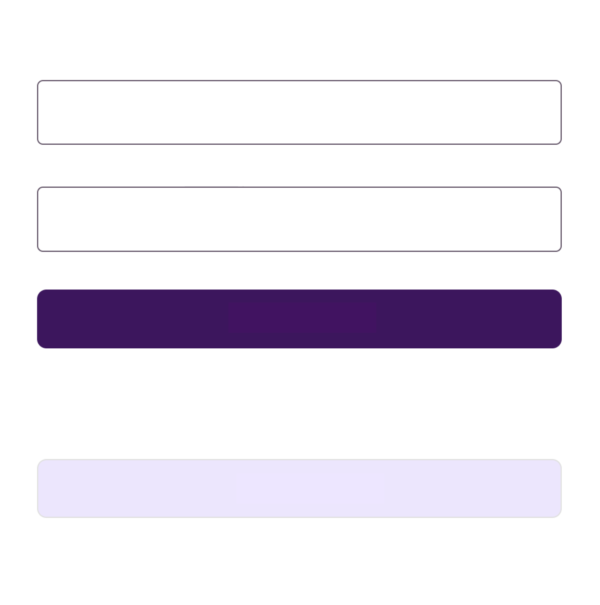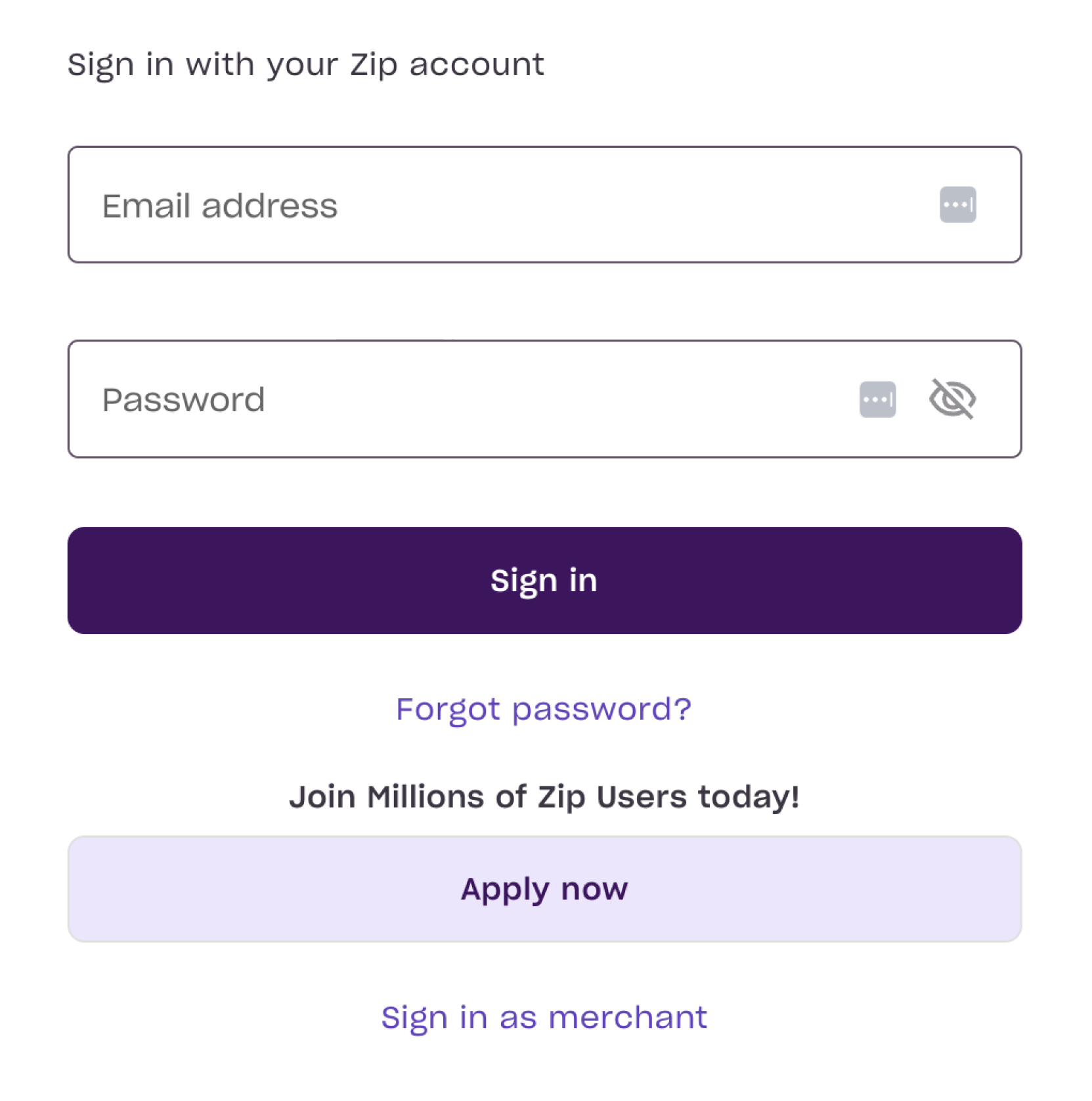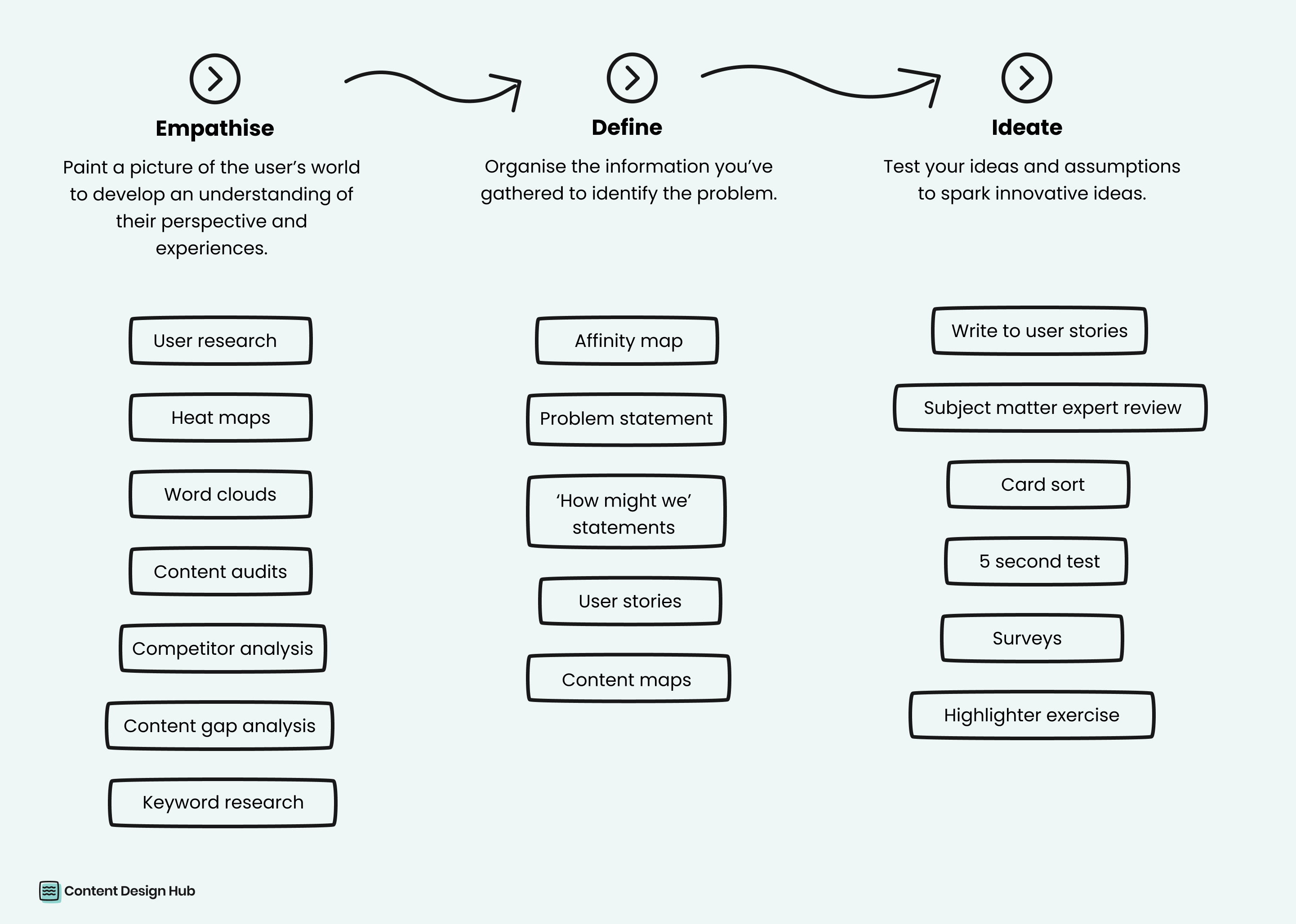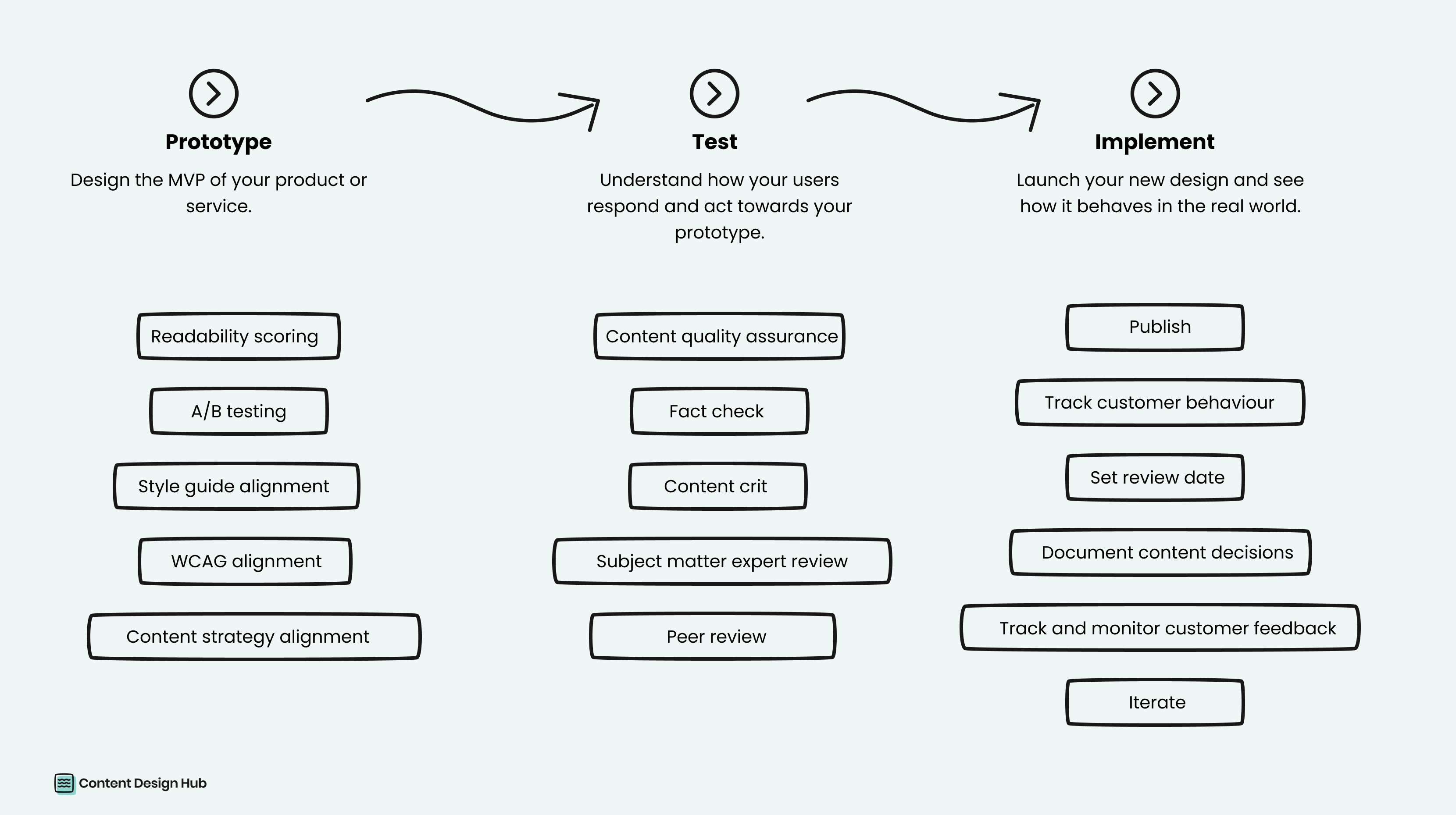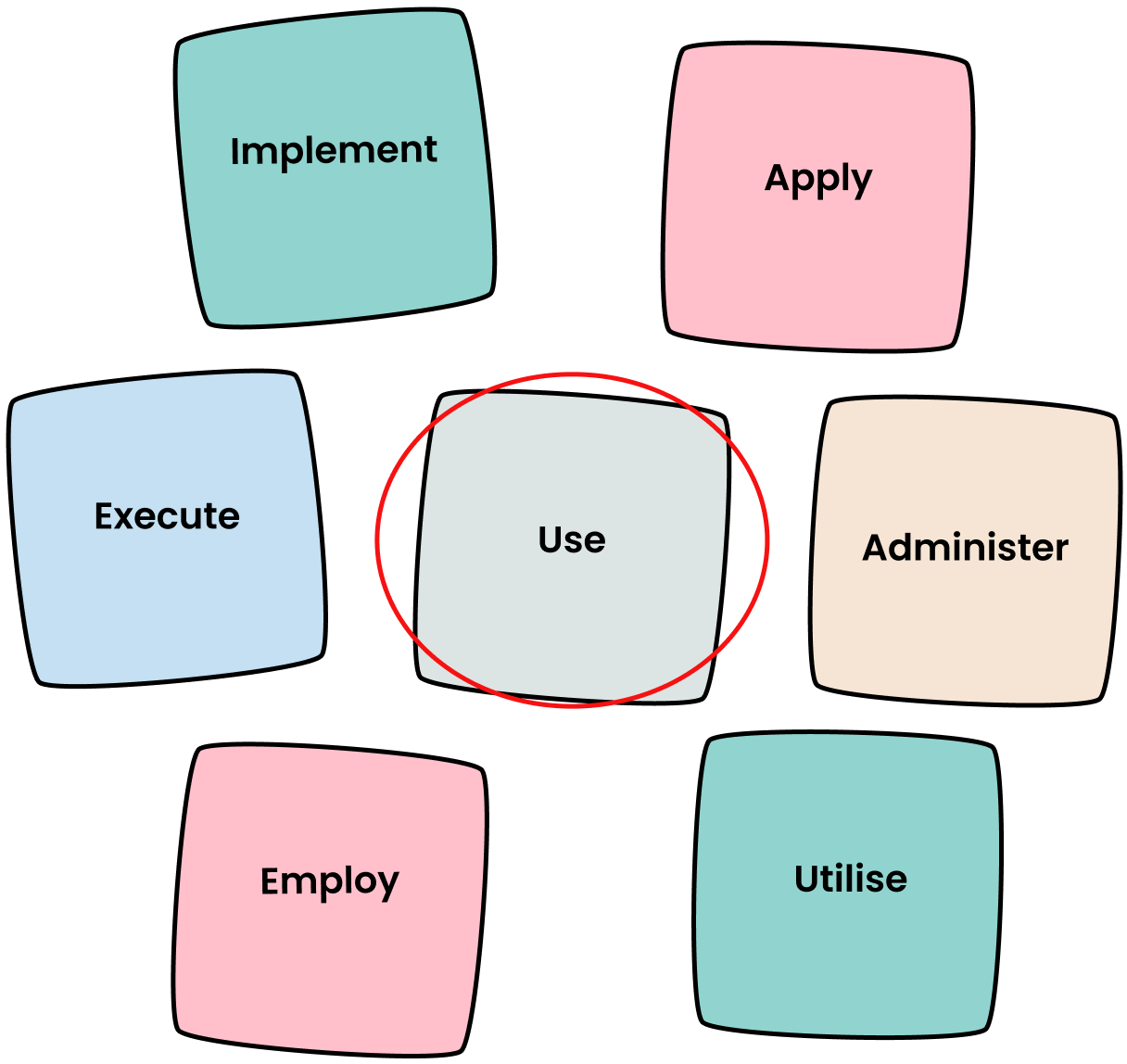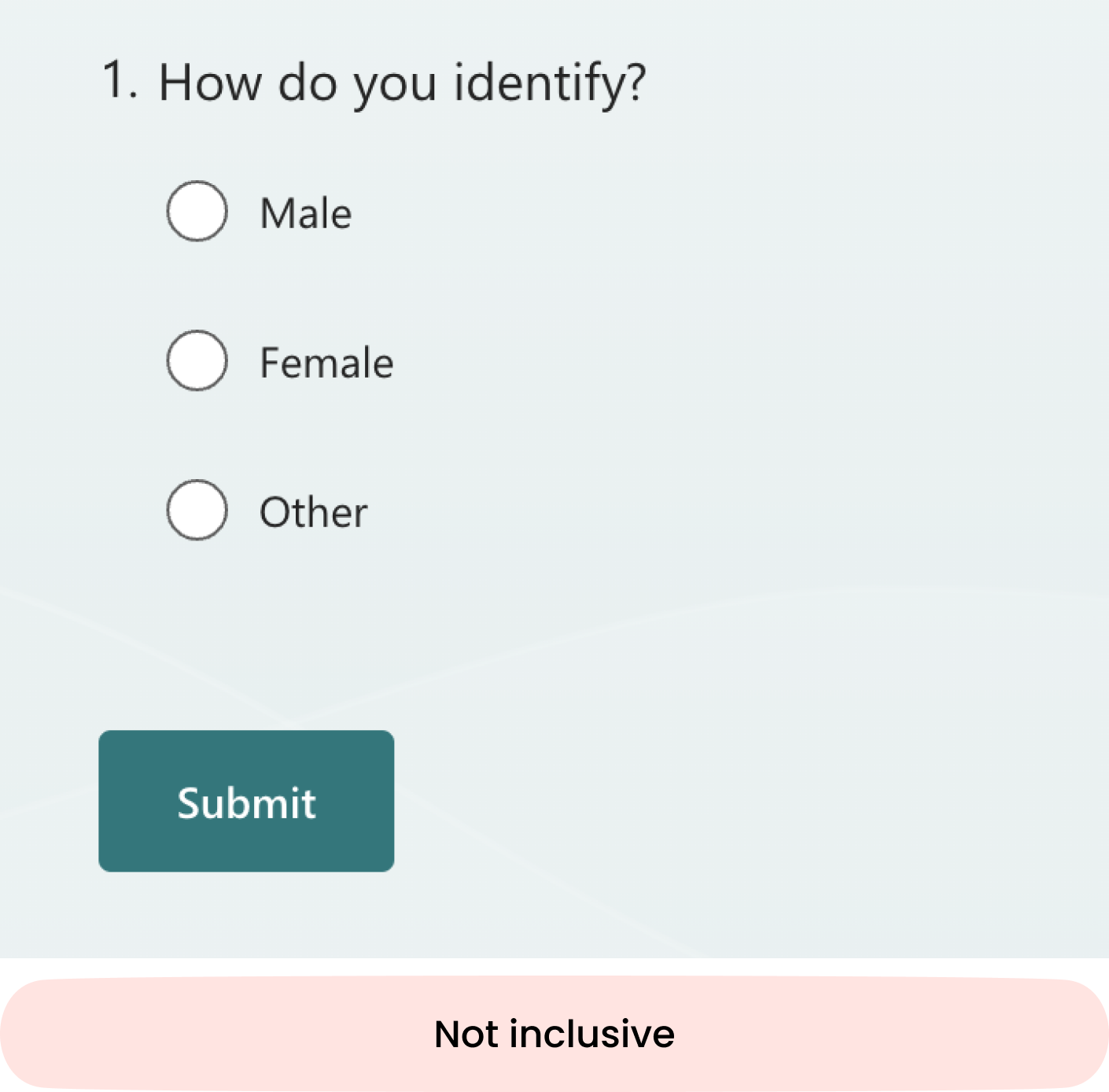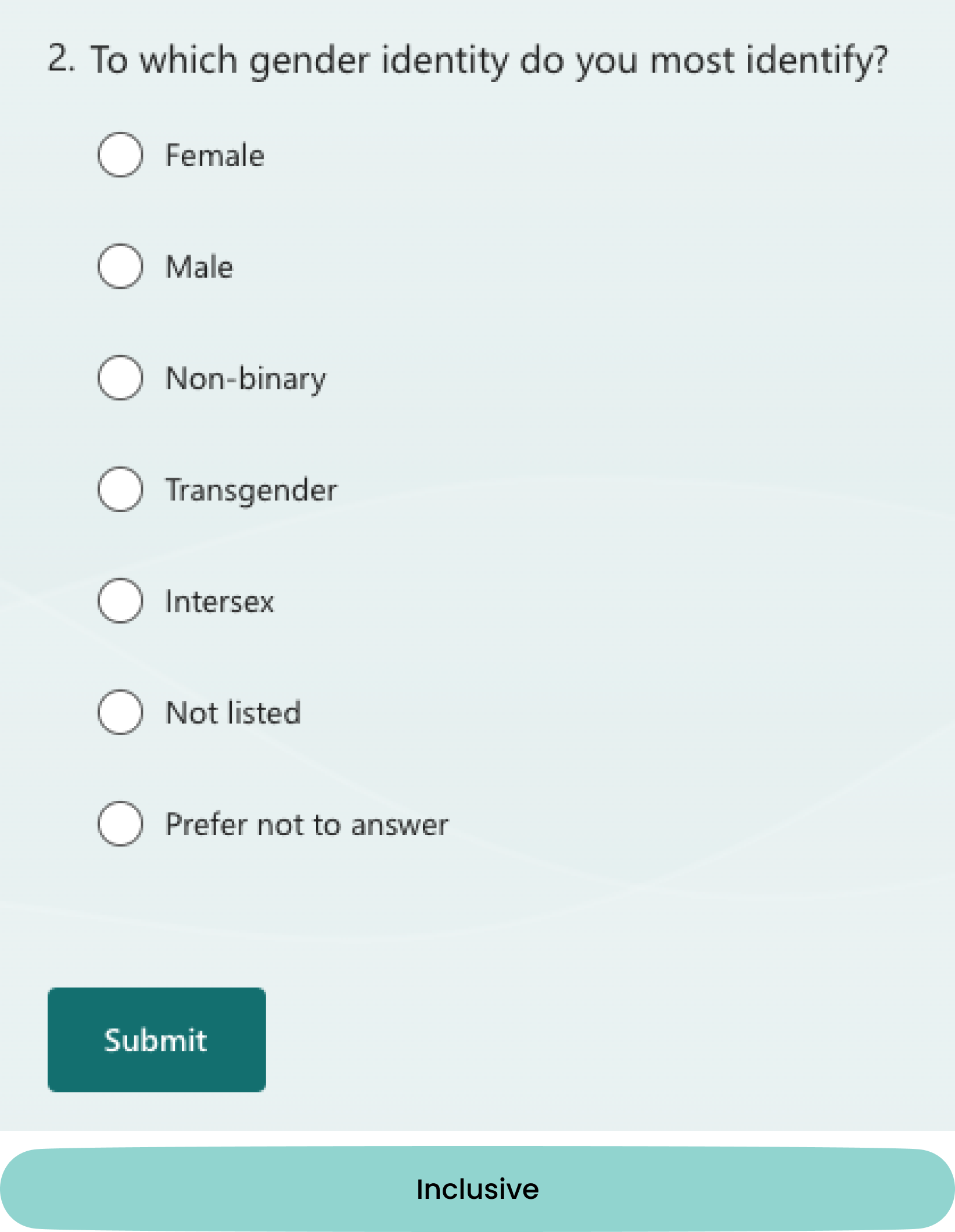What is content design?
Contents
Content design definition
“Content design focuses on what content best serves the users’ needs, whether it be the written word, infographics, visuals, videos, or charts.
At the core of content design are the needs of the users — and this means determining what your users want.”
At the core of content design are the needs of the users — and this means determining what your users want.”
― Sarah Winters, Content Design London.
Other design specialisation
A brief history of content design
“This iterative way of working was more like a design process than the content process government was used to.
The way the content was set out, the way content and design worked together on callouts and action elements etc, we were changing the whole way we worked, from top to bottom.”
The way the content was set out, the way content and design worked together on callouts and action elements etc, we were changing the whole way we worked, from top to bottom.”
― Sarah Winters, Founder of Content Design London.
What content design looks like
A digital screen without content
The same digital screen but with content
What content designers do
The content design process
Phase one
Phase 2
Designing content and UI
“Words are no good when form and function don’t consider them.”
― Becky Houlding, UX Writer at Spotify.
Words and visuals must live in harmony
The core skills of a content designer
Hard skills
Soft skills
The difference between content and product design
The importance of words
“An education doesn’t guarantee a reading level that matches the qualification.
For example, about 30% of Australians have a diploma or higher, but only 1.2% of Australians can read at that level.”
For example, about 30% of Australians have a diploma or higher, but only 1.2% of Australians can read at that level.”
― Australian Style Manual.
Words continually evolve
Example of asking questions about a person's gender identity
“The concept of ‘The Other’ highlights how many societies create a sense of belonging, identity and social status by constructing social categories as binary opposites.
These social categories shape our ideas about who we think we are, how we want to be seen by others, and the groups to which we belong.”
These social categories shape our ideas about who we think we are, how we want to be seen by others, and the groups to which we belong.”
― Zuleyka Zevallos, applied sociologist.

